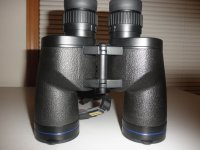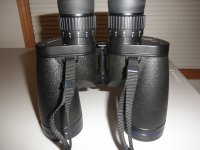Conndomat
United States of Europe

"Post 299"
And you now believe that Birder and other nature observers with these huge and heavy binoculars with single focus are walking through the meadows just because they say they have better optics?
The Fujinon are good glasses, but Imho no better than a Swarovski EL and comparable candidates, quite unsuitable for birding, built for marine and astronomy.
No serious birder will use these glasses for a long time, you will find out for yourself.
Andreas
And you now believe that Birder and other nature observers with these huge and heavy binoculars with single focus are walking through the meadows just because they say they have better optics?
The Fujinon are good glasses, but Imho no better than a Swarovski EL and comparable candidates, quite unsuitable for birding, built for marine and astronomy.
No serious birder will use these glasses for a long time, you will find out for yourself.
Andreas








